GUEST BLOGGER SANDRA NICKEL
Making Light Bloom tells the story of Clara Driscoll and how her childhood gardens inspired her to create one of the most iconic pieces of American decorative art—the Tiffany lamp. Clara was meticulous about keeping her creations as close to reality as possible. But other artists inspired by flowers haven’t had the same vision of paralleling reality. Using Making Light Bloom as a springboard, this lesson leads students through a process of discovering their inspiration as they design a lamp of their own.
Meticulously paralleling nature
Begin by reading Making Light Bloom: Clara Driscoll and the Tiffany Lamps. With the aid of the inspiration board (below), discuss the ways in which Clara insured that her lamps reflected nature accurately. She:
- asked her sisters to send butterflies and flowers from home;
- pinned daffodils upside down to ensure that she knew how they fell;
- searched through two tons of glass to find the right colors;
- created lamp bases that mimicked reality;
- wrote letters documenting nature; and
- examined photographs and living blossoms as she drew and painted.
Inspired in other ways
Next, with the aid of the second inspiration board (below), discuss how nature has inspired yet other artists. Yayoi Kusama painted Summer and Butterfly with bright colors, dots and heavy lines. Georges Seurat also used dots to create flowers in his Sunday Afternoon on the Island of La Grande Jatte. Frida Kahlo’s Still Life (with Roses) clearly shows her paint strokes. Hanna Lee Tidd created flowers without ever lifting her pen off the page. Barbara Corvino turned her flower upside-down. Both Andy Warhol’s and Henri Matisse’s Flowers are essentially about color. Alma Thomas created Alma’s Flower Garden with thick brushstrokes that resemble a mosaic. And Pablo Picasso was just doing his own thing wtih Flowers.
Many more things may be said about the flowers of these artists. However, one of the most important things to emphasize is that there is no right or wrong way to be inspired. There is no right or wrong way to recreate a flower.
Finding creative inspiration
Now, hand out to each student either a living flower or a picture of a flower. Also distribute one inspiration sheet (below) to each student.
In the top left panel, ask the students to recreate their flower with only blots of color, in a way similar to Matisse. Depending on the venue, students can use sponges and paint, colored markers, or colored pencils.
In the top center panel, ask the students to recreate their flowers by never lifting their pencil, in a way similar to Hanna Lee Tidd.
For the top right panel, ask students to draw their flowers upside-down, in a way similar to Barbara Corvino.
Designing and engineering lamps
Finally, ask students to design lamps with the inspiration of their flowers. Remind them that they will want to integrate a light bulb and electrical wire into their lamp design.
After they have finished, discuss how adding the lightbulb and electrical wire—may have presented new inspirations or challenges to their creative process.
To wrap up, ask students to share their designs and celebrate their creations.
May your day together bloom with creative freedom!
Featured image credit: “Wisteria Tiffany Studios Lamp (cropped)” by Fopseh is licensed under CC BY-SA 4.0.
Sandra Nickel is an award-winning author of picture books and had two new books come out in 2025: Seven, A Most Remarkable Pigeon, an uplifting tale that celebrates differences, and Making Light Bloom, Clara Driscoll and the Tiffany Lamps, where Sandra continues her mission to celebrate extraordinary individuals who have been nearly forgotten by history. Making Light Bloom has received three starred reviews, one from Publishers Weekly, one from Booklist, and one from the Horn Book.
Sandra holds an MFA in Writing for Children and Young Adults and has presented workshops throughout Europe and the United States. She is honored to be the winner of a Christopher Award, the winner of the Society of Children’s Book Writers & Illustrators Crystal Kite Award, a finalist for the Golden Kite Award for Nonfiction for Younger Readers, a Junior Library Guild Gold Selection honoree, and a Charlotte Huck Award Recommended author. Web site: sandranickel.com TwitterX: @senickel Insta: sandranickelbooks FB: sandranickelauthor LinkedIn: sandranickel Bluesky: senickel.bsky.social


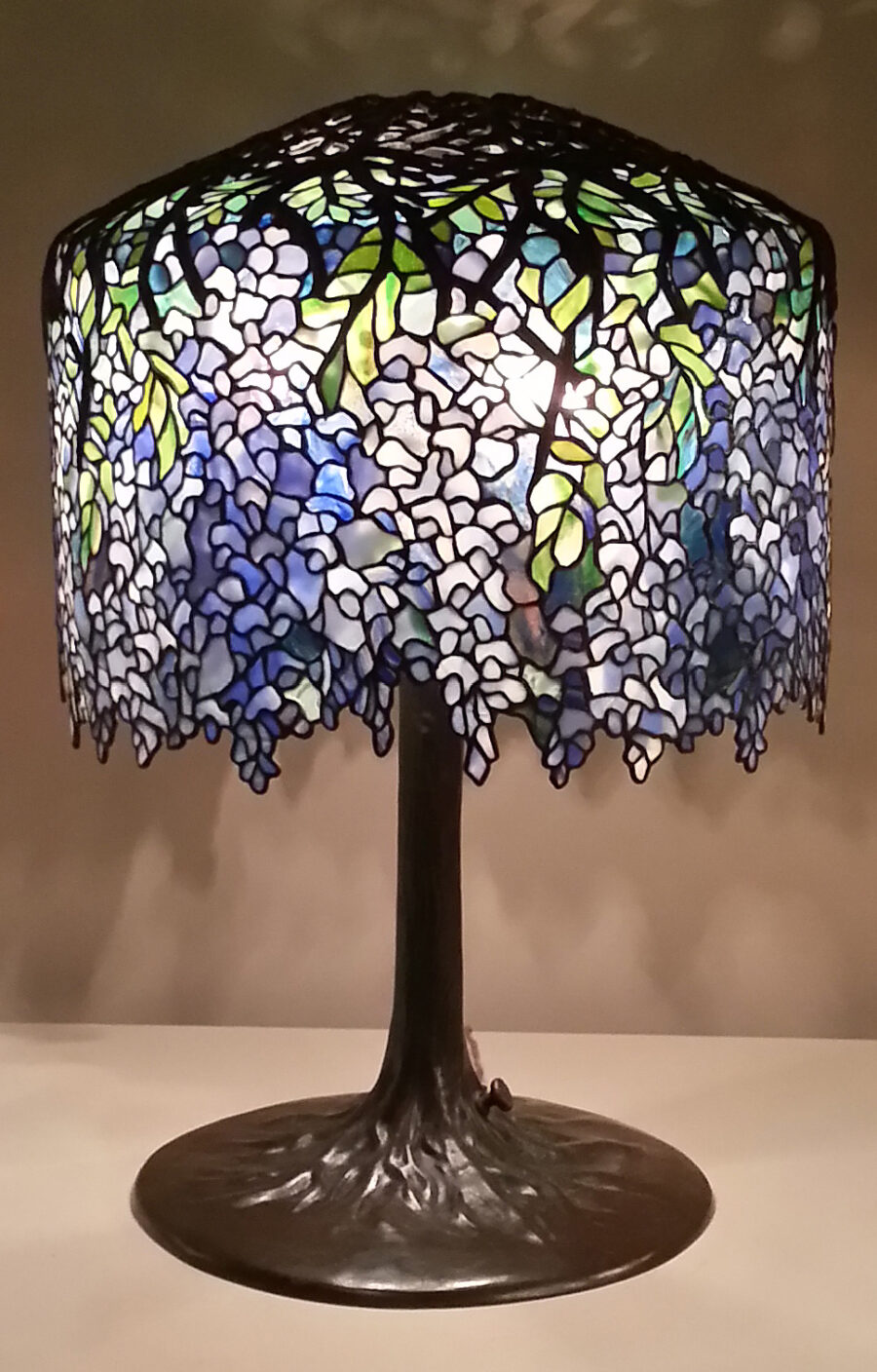

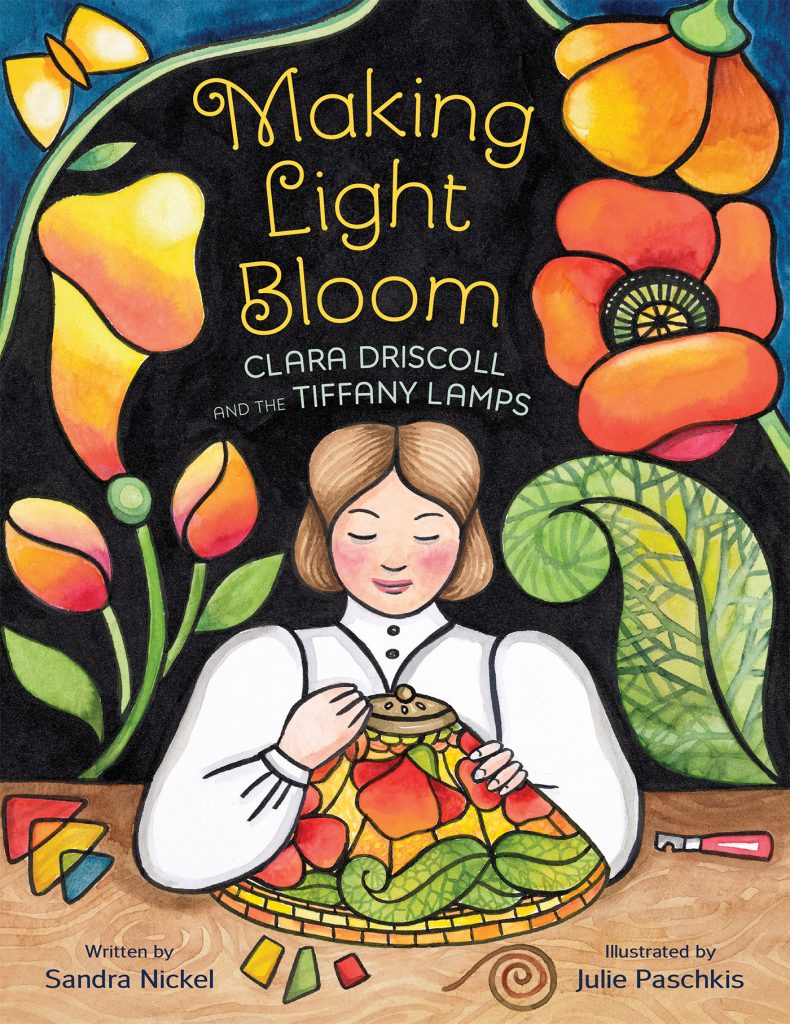
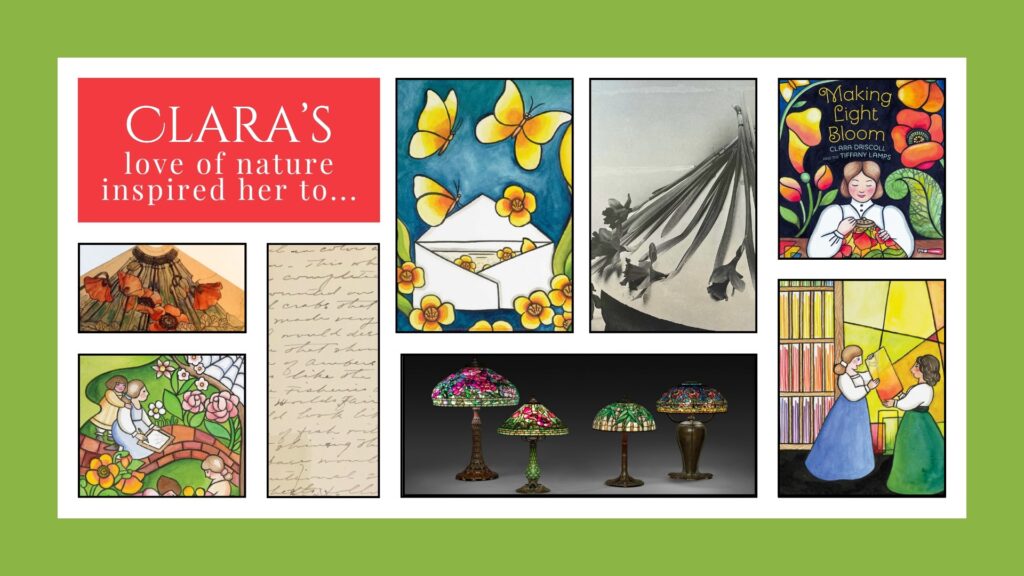
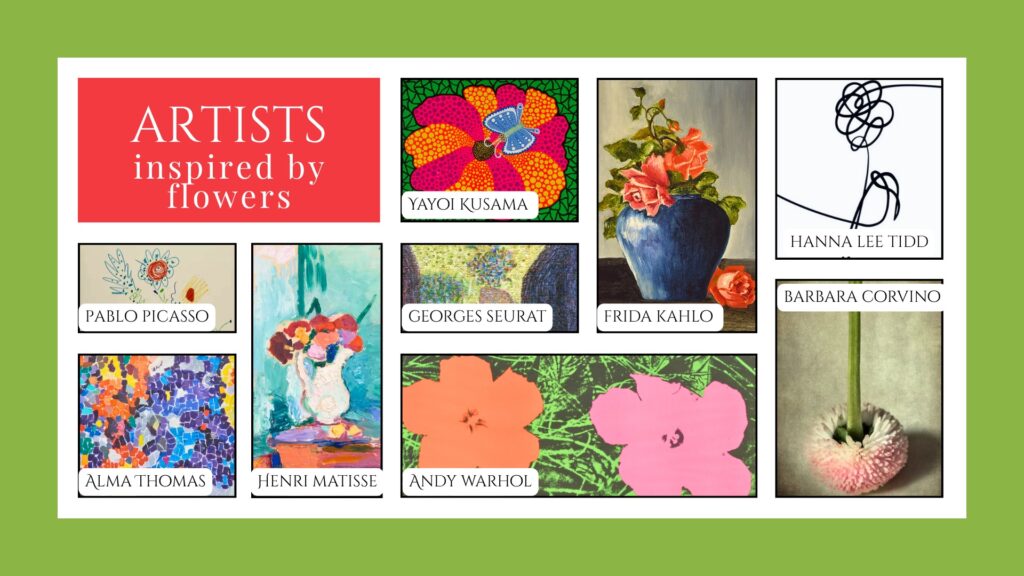
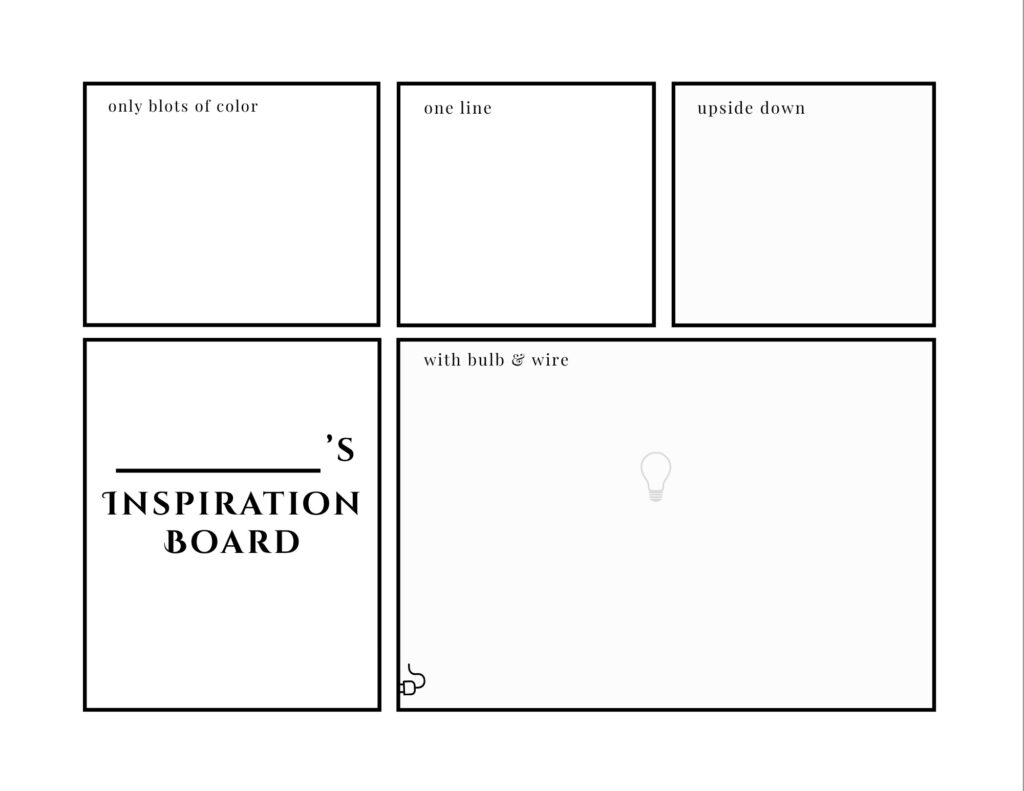
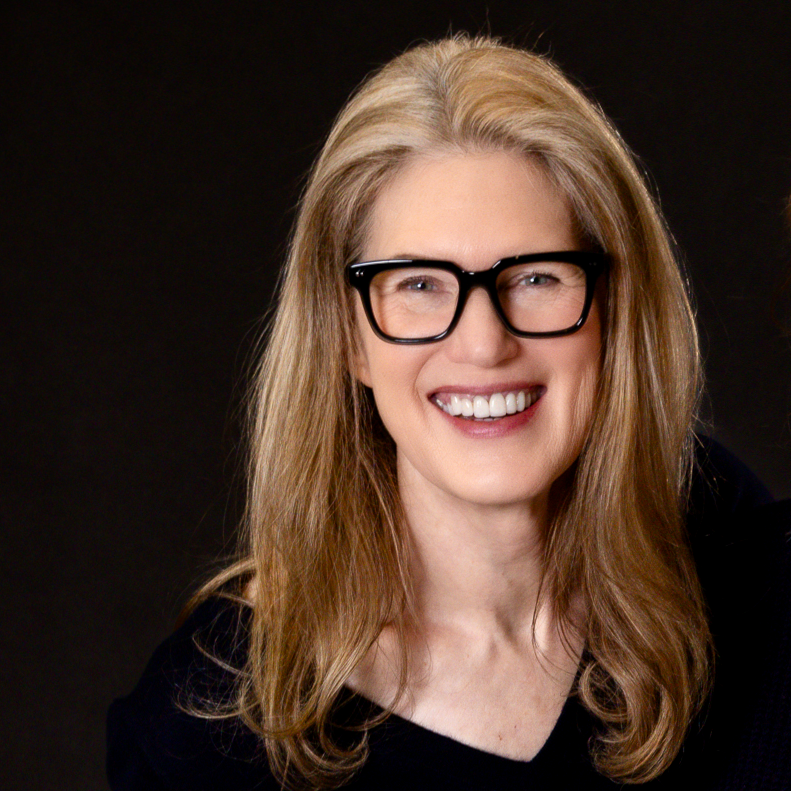
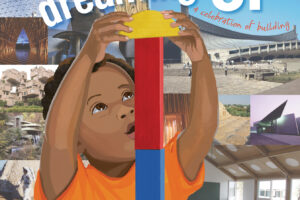



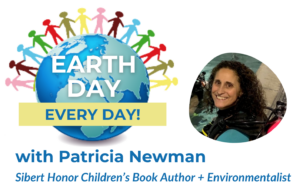
Leave a Reply
Your email is safe with me.